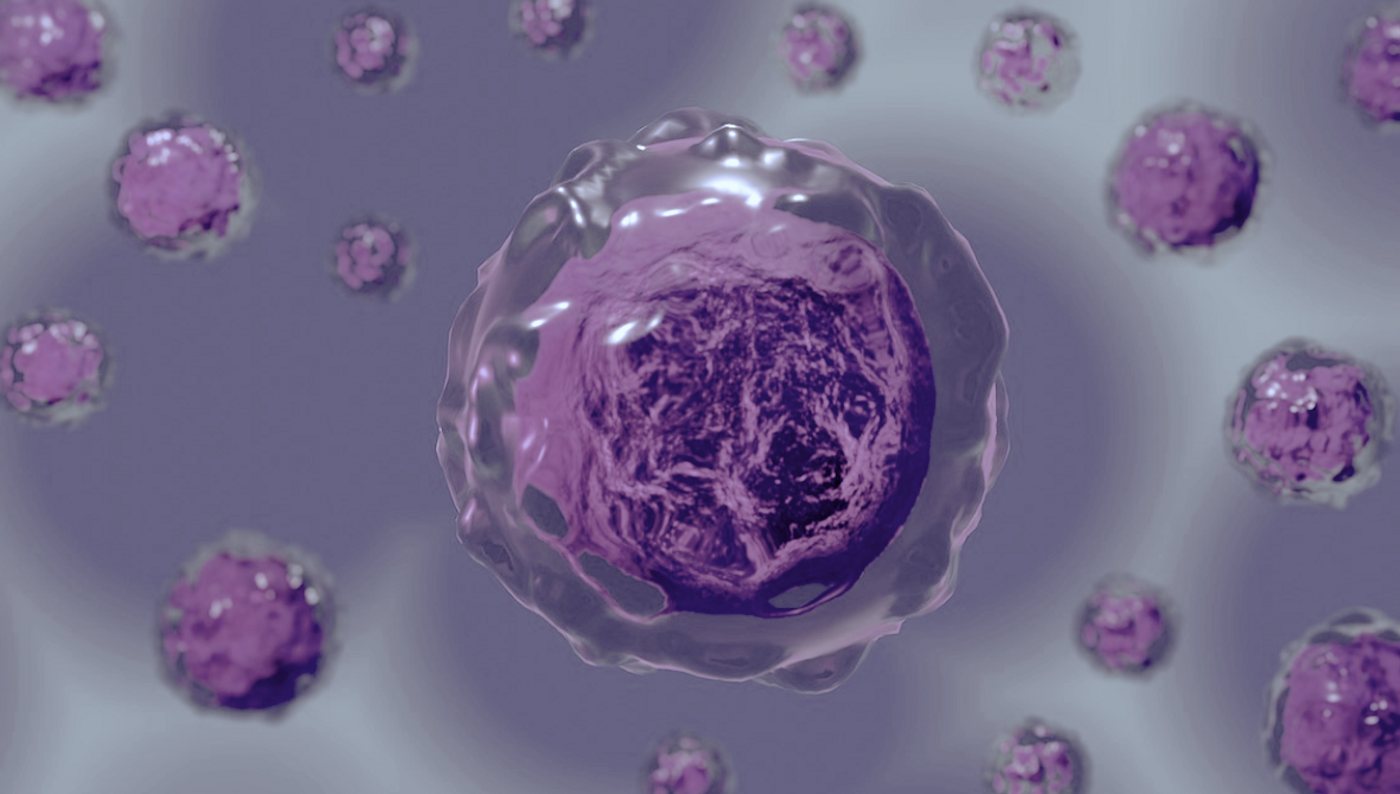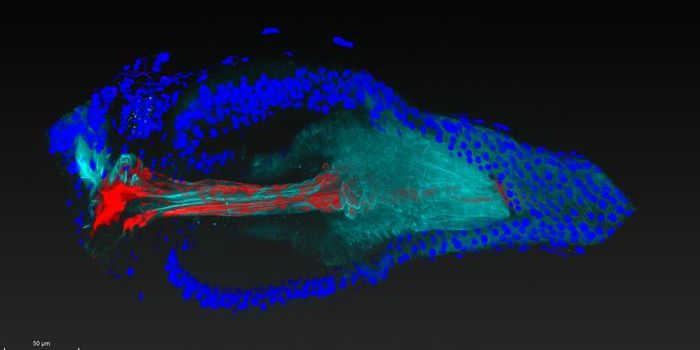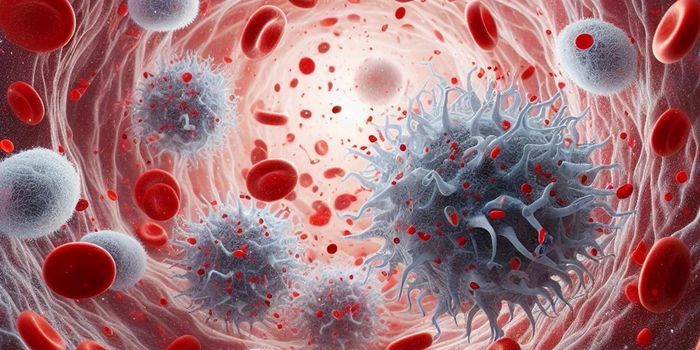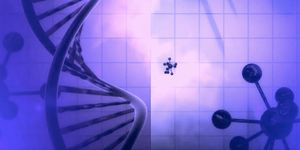Scientists Learn More About Disease-Related Airway Cells
Research has found that in several human disorders that impact breathing, including two that affect infants, there is an abnormally high level of cells called pulmonary neuroendocrine cells (PNECs). These cells line the airways, where they can exist in isolation but are also found growing in clusters, and they are known to release important molecules.
Now scientists have learned more about PNECs, and have identified three distinct types of these cells. This work, which has been published in Cell Reports, may help us learn more about the causes of sudden infant death syndrome (SIDS) and neuroendocrine hyperplasia in infancy (NEHI) and how to prevent these disorders.
Some of the three types of PNECs express a protein called tubulin beta 3 class III (TUBB3), which helps cells generate cellular protrusions. These protrusions are known to have roles in sensing the environment and cell signaling. In cell culture, the size of these protrusions was affected by whether or not TUBB3 was expressed (similar protrusions can be seen on these cells in the human airway). TUBB3 may alter sensing mechanisms in PNECs, the researchers suggested.
Though there has been an increased number of PNECs seen in several disorders, their role in those disorders is not understood. The cause of NEHI is unknown. Kids with NEHI have difficult, rapid breathing, and generally do not respond to treatments for asthma or corticosteroids. Patients have to use supplemental oxygen and are more susceptible to respiratory infection.
SIDS also has no "immediately obvious cause," according to the Centers for Disease Control and Prevention (CDC). SIDS causes the death of about 3,500 infants a year in the United States, but incidences vary widely by state. Post-mortem analysis of lung tissue has shown that there are higher numbers of PNECs in children that die from SIDS and NEHI compared to kids that do not die from those disorders. The researchers are continuing this work, which may help us learn more about how these cells may be involved.
"We are currently studying how different subpopulations of PNECs differ in their function," said senior study author Xingbin Ai, Ph.D., a pulmonary disease specialist in the Department of Pediatrics at Massachusetts General Hospital. "We hope to leverage this knowledge for future development of markers and treatment strategies for infant diseases that involve abnormalities in these cells."
Sources: AAAS/Eurekalert! via Massachusetts General Hospital, Cell Reports









